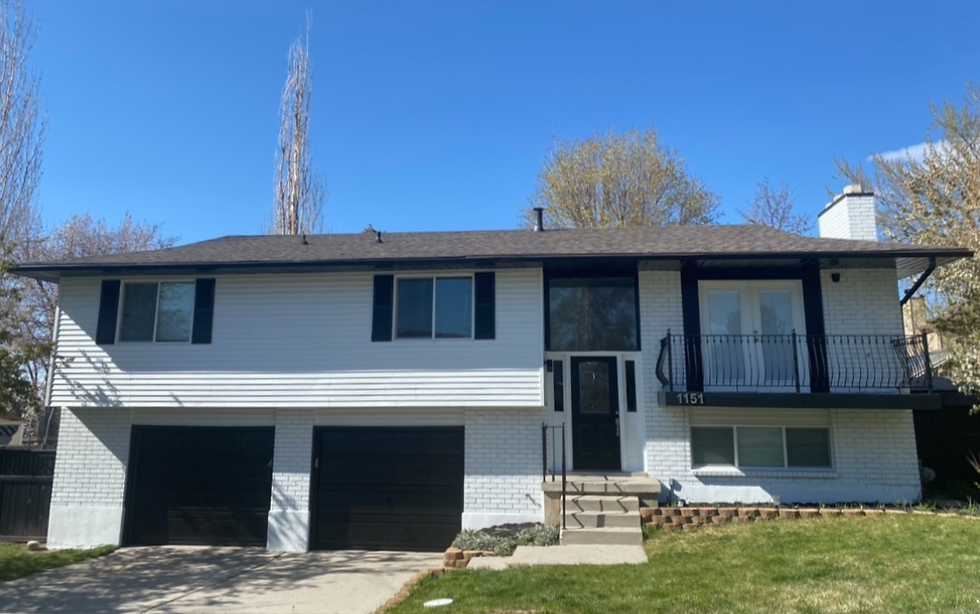Our Interior Painting Process
- Sean Brady
- Oct 25, 2022
- 2 min read
- First, before any work has started it is vital to organize a neat and properly masked work environment. This includes removing any pictures or items from the walls, relocating any furniture or obstructions, and masking/covering all surfaces to be left unpainted.
- To maximize coverage and consistency we remove any wall hardware in the service ares. This includes removing base plates, fixtures, and light switch/receptacle coverings ensuring that no paint gets on them. It also allows us to lay the finish coats out in a consistent pattern moving with the wet edge from one side of the room to the other. Using this method with top quality rollers and naps allows us to achieve a smooth, flawless finish that is free of unsightly "lap marks" and "haloing"
- To ensure a properly cleaned surface, we visually inspect all service areas and remove any dirt or debris from the walls, trim, doors, and ceilings. It's very important to have a surface that is clean and free of debris, so that the finish paint has a quality substrate to adhere to and will last over time.
- Peeling paint will have to be scraped from the surface, sanded down, and primed to provide the necessary quality and protection. Larger hole repairs require 2 coats of primer/sealer to ensure that the new spackle is completely sealed. If this isn't done the patch area will be extremely noticeable. Sealing off the patch areas will allow the patch to disappear behind the finish coats allowing your newly repaired wall to look flawless. Any cracks in the trim will be filled with a high quality caulk comprised of silicon and latex. High quality caulk is more flexible than contractor grade caulk allowing it to hold strong as your trim expands and contracts. Areas with a high-gloss finish (windows, trim, doors) will need to be sanded or
wiped down with a liquid de-glosser to avoid peeling and increase durability.
- After all necessary masking, cleaning, and prep work has been taken care of, it is then time to apply the finish coats. Typically for most interiors and what we recommend regardless of color is a 2 coat finish. Although some paint will cover in 1 coat it is critical to do 2 coats to ensure the warranty on product. Depending on the situation and your preference we can apply the paint with the use of brushes, rollers, or airless sprayers. We always recommend using an airless sprayer on doors, windows, and trim. Brushes and rollers leave unsightly brush strokes(roping), stipple, and lap marks. Using an airless sprayer with a high gloss product will ensure a smooth, consistent, and flawless finish.
- Once the the doors, windows, and trim have been sprayed and cured, we mask them off to protect them while we apply the finish coats to the walls.



Comments